Goldfinger Cinquefoil
$34.50 Original price was: $34.50.$24.15Current price is: $24.15.
- Free Shipping over $25
- Fast & reliable delivery options
- Enjoy top quality items for less
- Multiple safe payment methods

If you want to fill your garden with golden flowers all summer, on mounding bushes that are about as tough as any bush gets, then look no further than the Goldfinger Cinquefoil. Named of course after the James Bond movie from 1964, this wonderful shrub – and other cinquefoils – should be the core of any low-maintenance sunny garden in all but the hottest parts of the country. ‘Cinquefoil’ means ‘five leaves’ and the leaves are indeed typically divided into 5 smaller leaflets. The big golden flowers are produced for months, and the casual mounded look of this broad shrub is perfect for any garden. No low-maintenance garden should be without the Goldfinger Cinquefoil, whose Midas touch brightens the drabbest garden so easily. When the going gets tough, hot and dry, it thrives defiantly and flowers even more profusely – not bad, huh?
Growing the Goldfinger Cinquefoil
Size and Appearance
The Goldfinger Cinquefoil is a small deciduous shrub with a broad form, growing 2 to 3 feet tall and 3 to 4 feet wide. It has a bushy habit with many slender branches, forming a pleasant mound. Older stems are covered in light brown shredding bark and the leaves on older stems are carried in clusters along the branches. Each leaf is typically divided into 5 (as few as three or as many as 9) finger-like leaflets, each about ¾ of a inch long. These slender leaflets taper to a point and have smooth edges. The leaves are dark-green, with a slight bluish tone, but they, and young shoots, are covered in a soft layer of silvery hairs, which gives the plant a soft feel and a slightly silver-green look. The leaves wither in fall without any significant change in color.
Flowering is profuse and continuous, from May into September, with new blossoms replacing the old ones quickly. The flowers are carried along the upper parts of the stems, sprouting singly from every leaf cluster. The flowers of this variety are larger than with many others – a full 1½ inches across – open cups of 5 broad petals with a glistening surface, surrounding a central cluster of yellow stamens. The petals are a wonderful bright, golden yellow. Unlike some other colors in this plant, which fade in bright sun, more sun just seems to produce brighter flowers in the Goldfinger Cinquefoil. Insignificant dry brown seed pods are often produced.
Using the Goldfinger Cinquefoil in Your Garden
This tough shrub should be a backbone plant in every sunny low-maintenance garden, it is so easy to grow and reliable in blooming. Plant it as a specimen in a smaller bed, or in clusters of 3, 5, 7 or more in larger ones, spacing plants about 2 feet apart for continuous ground cover. Cover a dry, sunny slope with it, grow it in a rock garden, or plant it among rocks and boulders that may seem inhospitable to any plant. Grow it in urban gardens, or at the cottage, even near the beach. It can easily be trimmed into an informal low hedge, or planted along a path or driveway to create a ‘yellow brick road’. It also thrives in planter boxes, where its drought-resistance means it can handle the occasional forgetfulness or weekend away.
Hardiness
The Goldfinger Cinquefoil is very cold-hardy, and thrives happily in zone 3. It grows well into zone 7, but not in hotter zones outside the northwest. Plants in containers will survive winter outside from zone 5 – in colder zones bury the planters in the ground for the winter, if you can.
Sun Exposure and Soil Conditions
Especially in the coldest areas it is best to grow this plant in full sun. It will tolerate a little shade, but shade can significantly reduce flowering and overall plant vigor. It grows happily in any well-drained soil, including poor soils, urban soils, and rocky, sandy and gravel soils. It tolerates both alkaline and acid soils well. Although it is very drought resistant once well-established it does benefit from regular moisture, flowering more prolifically, and for longer. It also tolerates salt-laden air well.
Maintenance and Pruning
Pests, diseases and deer normally don’t bother the Goldfinger Cinquefoil. It needs very little care and can be left to take care of itself. For maximum blooming and denser growth, some shrub fertilizer in spring is useful, especially for plants in containers. Older plants benefit from some pruning to rejuvenate them. Trim lightly as needed after the first flush of flowers, and remove some of the oldest stems in spring or summer, cutting low down in the bush, to stimulate new stems.
History and Origin of the Goldfinger Cinquefoil
The shrubby cinquefoil, Potentilla fruticosa, grows all around the northern hemisphere, in Asia, North America, and Russia. It is also found in Europe and the British Isles, but only in a few isolated locations – perhaps it was more common when the climate was colder. It is often found in high mountainous areas growing in rocky soil and exposed places. The variety called Goldfinger was discovered and introduced – perhaps originally a seedling – by Henk Knol, who founded the Knol Nursery in Gorssel, the Netherlands, in 1952. It was first released in 1970.
Buying the Goldfinger Cinquefoil at the Tree Center
If you don’t already know cinquefoil shrubs – or if you do – there is no better choice for trouble-free gardening than the Goldfinger Cinquefoil. To grow it is to love it, for both beauty and ease. Order now, while our stock lasts, and settle back for easy gardening.
Be the first to review “Goldfinger Cinquefoil” Cancel reply
Related products
Ornamental Grasses
Hydrangeas
Rhododendron
Boxwood Shrubs
Butterfly Bush
Butterfly Bush
Pieris
Shrubs and Hedges


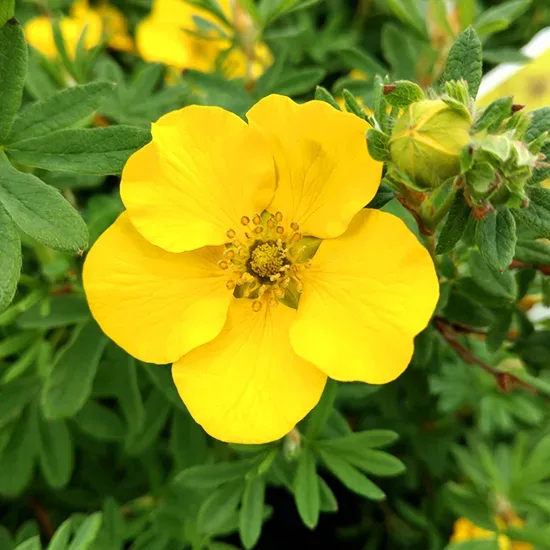
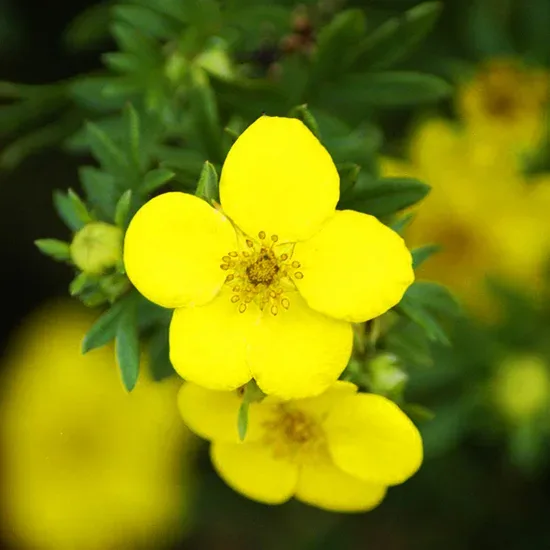

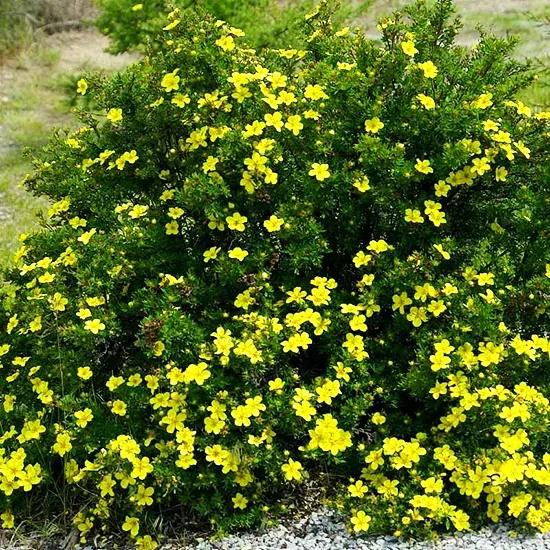
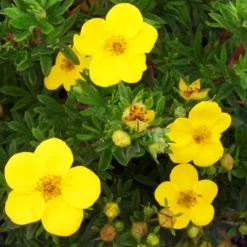

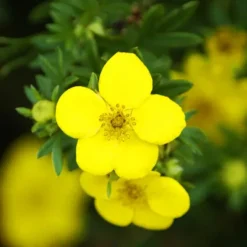


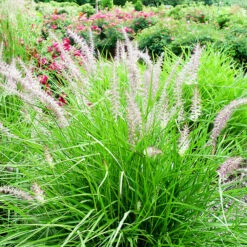
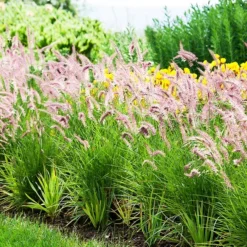
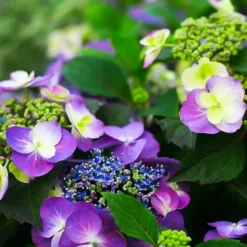
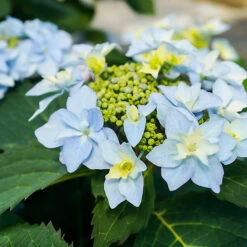
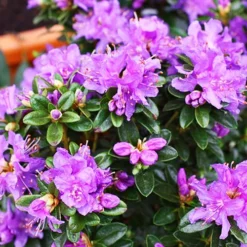
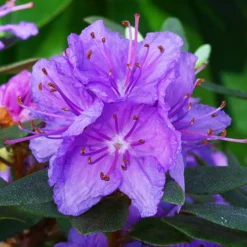



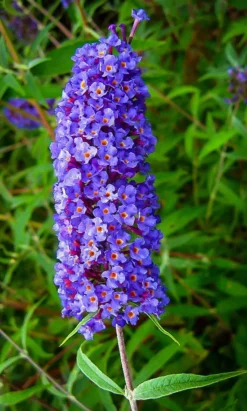



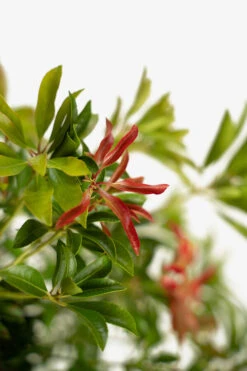
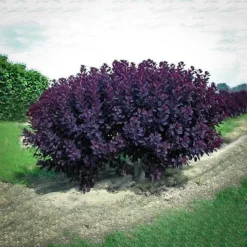
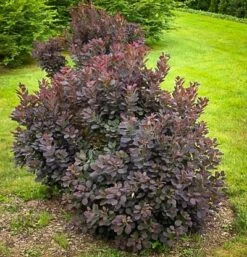
Reviews
There are no reviews yet.